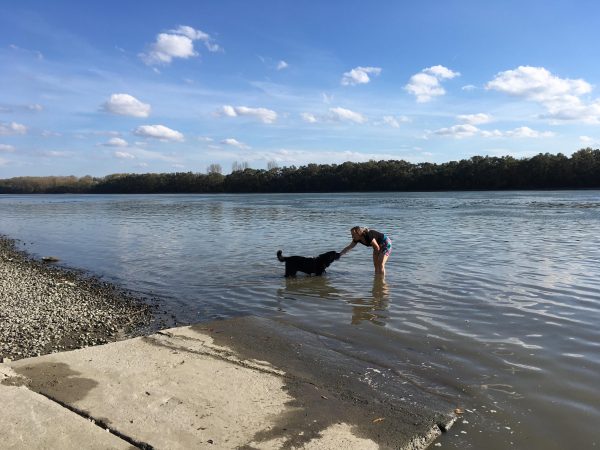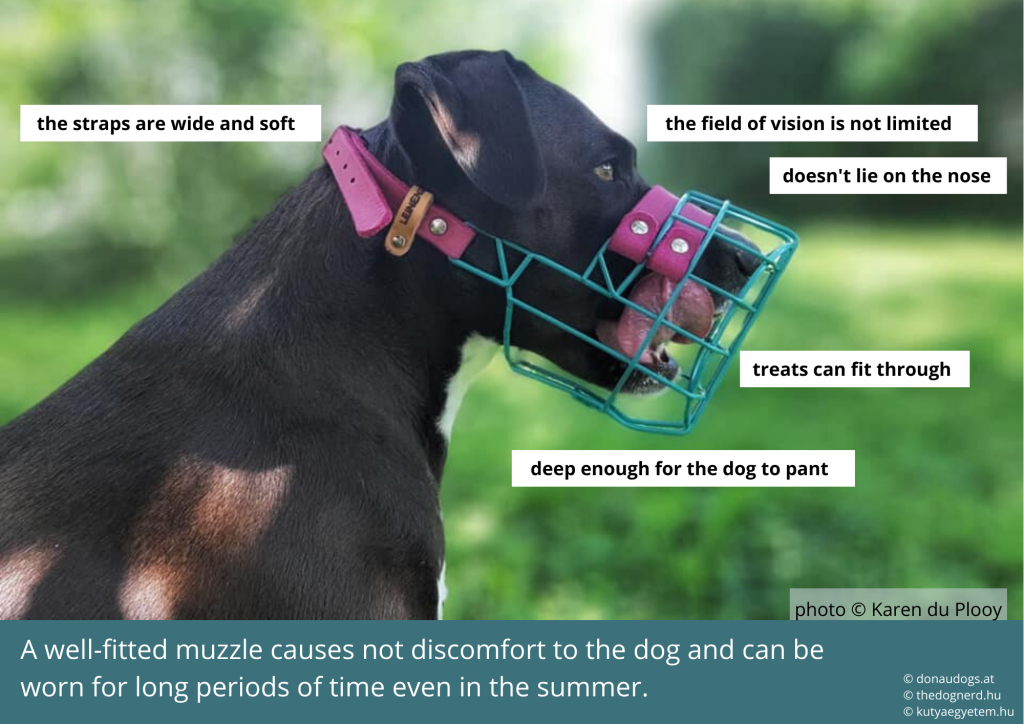I’m starting a series of shorter blog posts focused on “dog training 101” – so far I’ve planned posts about praise, rewards, equipment, and body language. If there’s anything you’d like to read about, be sure to let me know!
Let’s start with good, old-fashioned praise. It’s a really simple tool that’s always at hand, and can make a big difference in your relationship with your dog. Praising your dog means saying things like “good boy/girl”, “well done”, “yes” etc. Dogs obviously have no idea what these words mean, so the most important thing is the tone of voice you’re using (soft, pleasant or high-pitched if you’re cheering them on).

Common misconceptions
Sadly, most of the dog owners can be divided into two groups: those who never praise their dogs and those who seem to think that praise alone is enough. Both groups are somewhat wrong – let’s take a closer look.
- Many people don’t praise their dogs, seemingly expecting them to just know the rules of the human world by themselves. Unfortunately, domestication did not make dogs experts on arbitrary human expectations such as stopping before a road, walking nicely on the leash or not eating food off the ground. They are uniquely interested in what we’re doing but they still need to be taught everything we want from them.
- Other people seem to think that praise is high-value currency in the dog world because dogs love us so much and crave our approval. Actually (as you probably noticed), once you go outside pretty much anything is more interesting than us, and that’s completely normal. But in most cases praise alone is not going to cut it.
What’s the point of praise?
Praise can be rewarding
Some dogs truly crave our approval and for them praise can be rewarding. It may also work in well-known environments (at home, in the car) where it’s easy for them to pay attention.
Praise is always informative
Even if it’s not intrinsically rewarding, it still contains the information to the dog that we liked something they did, which makes it a valuable training tool.
Praise is always readily available
We’re all just human and we forget treats from time to time. With praise you can let your dog know that you appreciate their effort and you can do it immediately, way before you have the time to find that piece of sausage.
Praise can improve your relationship with your dog
Last, but not least praising is fun. If you make a conscious effort to praise more, you’ll learn to see all these awesome behaviours (and stop taking them for granted). Then the “misdemeanours” will just be a few instances among many great successes.
In return, you might find your dog checking in with you more often, which – let’s be honest – is pretty rewarding to us.


